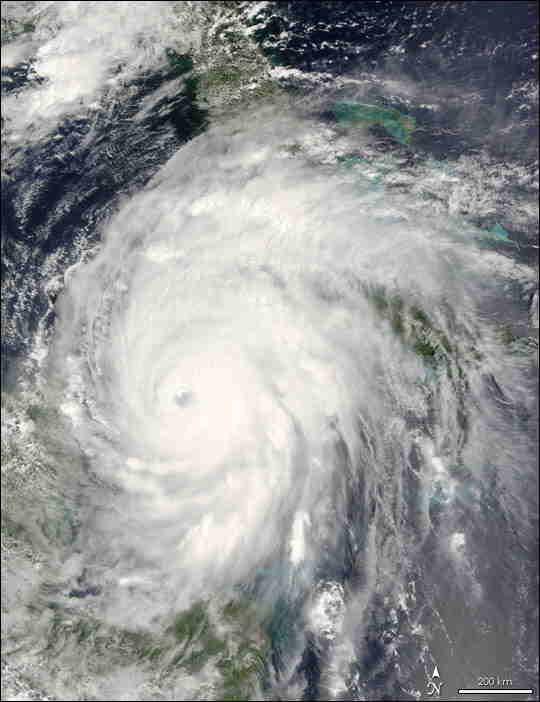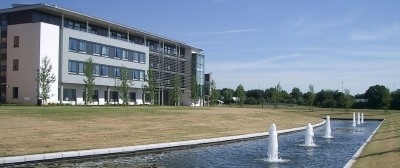 Warwick Turbulence
Symposium
Warwick Turbulence
SymposiumInstabilities
and Turbulence in MHD flows
Graduate summer school Abstracts
| home |
about |
events |
participants |
travel |
MRC contact |
 Warwick Turbulence
Symposium
Warwick Turbulence
SymposiumInstabilities
and Turbulence in MHD flows Graduate summer school Abstracts |
 |
 |